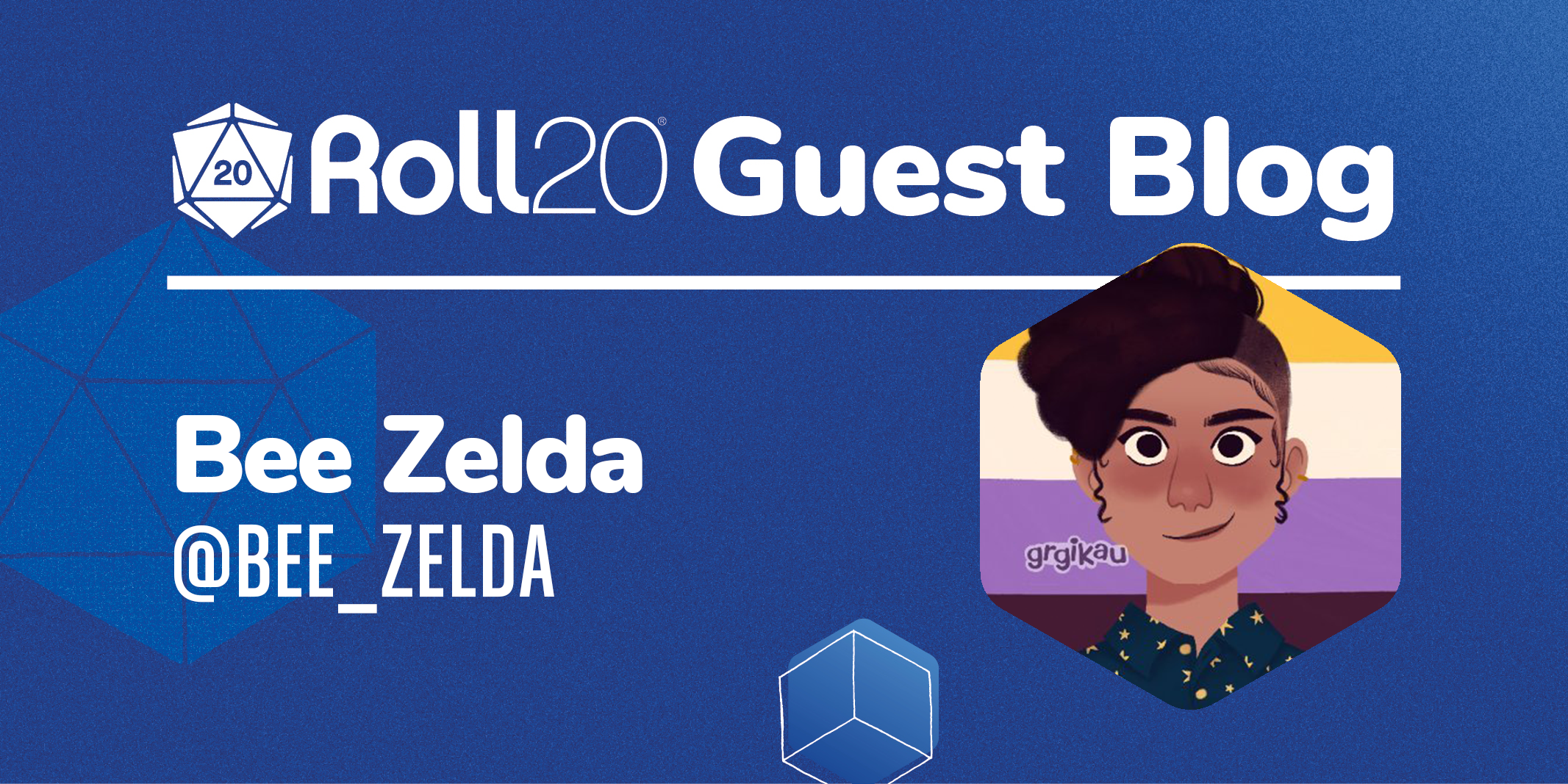Safety tools have been a major part of the tabletop scene the past few years. It has been wonderful to see the rise of “Session zero,” when the players and facilitators can discuss their expectations and what safety tools they prefer to use. To name just a few, we have the X card, red green yellow lights, X N and O, script change with pause, rewind, and fast forward.
With the shift to everyone online in the past few years, a lot of these safety tools found ways to adapt online. The X card became messaging X in chat, some folks hold up colors on their webcam to indicate their level of comfort.
Safety tools are a resource for the players and GMs to communicate and check-in before, during, and after a game. This is to ensure that everyone is still having fun, and to provide the right support when needed.
For Indie Showcase, we used a document that encompasses a lot of the above information in one neat page. We were inviting folks to play a game with us, online, in a public forum so there are extra measures that the organizer should be taking to ensure that this will be a safe and fun space for games.
With that purpose in mind, the toolset called Lines and Veils became integral. Lines and Veils were originally discussed by Ron Edwards in 2004. I have taken that premise and turned it into something that is easy, accessible, and user-friendly.

On one side, you have your LINES. This is content that will NOT be crossed. Everyone agrees that those themes will be avoided during the time of play. This is non-negotiable.
Then, we have the VEILS. A veil is content that might come up in play, but the GM and players will fade it to black. This is content that can be viewed as problematic but might come up in play. You want to determine what content can be explored and what everyone is comfortable with. Veils can also be content that you simply don’t like; it doesn’t have to only be themes and topics that are associated with trauma.
The third column is for those who are unsure if the topics listed are going to be a problem for them. Check-ins are crucial for a successfully safe and fun game. The option to ask first is important, even if a player had selected the same topic as a line. They might determine that as the theme is explored, they don’t want to continue. Don’t forget that this is a living document, that the GM and players can add to at any time. This is never locked in, and as you all change and grow as people so do your lines and veils.
On the right hand of the document, there is a section for romance. In games, romance can crop up in various ways and it’s easy to make someone uncomfortable if you’re unfamiliar with their boundaries. This section is intended for players and GM. The person who is facilitating your game, often plays a variety of NPC’s. And it’s important that everyone at the game agrees to the same rules, and can see how is comfortable with what.
Finally, for Indie Showcase, Go_Jess and I ran a variety of one shots. We did not have the time for a full session zero, so I have included some of the information that would normally be discussed in the session zero.
Concept: to let folks know how long the game will be, and what you’re all doing.
Expectations: what you as the facilitator expect for the game.
Tone: Silly, fun, serious? It helps when everyone is on the same page.
And of course, the most useful on-screen tool for safety is still the X card. Providing a private chat for players is important so they can signal if they need something to stop. As folks have moved to using webcams and streaming, signaling X with your hands or arm is also a valid option.
This Lines and Veils document was created with streamers in mind. It can absolutely be used for any gaming crew. A group of strangers get together to play a game. This document makes your session zero streamlined. It’s anonymous for the lines and veils. The expectations are set and you’re all ready to play!

